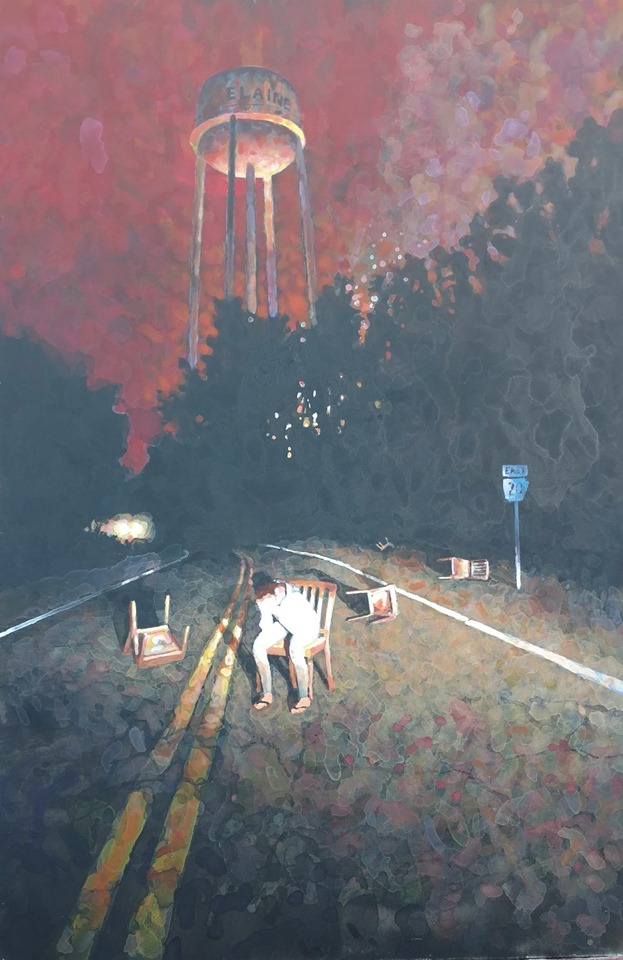

A selection of rare and beautiful pieces from our private collection. The art is inset, leaving a 3/8' space between the art and frame, creating the illusion that your art is floating. THE WASP BOTHERER diptic BY GADGE ROBERTS. Your canvas print is gallery wrapped and mounted to a 2' thick, elegant, black hard wood frame.
#Diptic art how to
COVID-19 Portal While this global health crisis continues to evolve, it can be useful to look to past pandemics to better understand how to respond today.Student Portal Britannica is the ultimate student resource for key school subjects like history, government, literature, and more.


#WTFact Videos In #WTFact Britannica shares some of the most bizarre facts we can find.Demystified Videos In Demystified, Britannica has all the answers to your burning questions.Britannica Explains In these videos, Britannica explains a variety of topics and answers frequently asked questions.Britannica Classics Check out these retro videos from Encyclopedia Britannica’s archives. The Crucifixion and Last Judgement diptych (or Diptych with Calvary and Last Judgement) consists of two small painted panels attributed to the Early Netherlandish artist Jan van Eyck, with areas finished by unidentified followers or members of his workshop.Sometimes, an image is just too good to contain in one painting. Sometimes, you need to expand it! Let it go across multiple canvases, and let the composition take up more than just one frame. There is a special name for this, however, Diptych. These are the dual-painting counterpart to triptychs, which we’ve talked about before. He created this work when the art collectors Burton and Emily Tremaine visited Warhol’s home. This was not necessarily Warhol’s intention. What exactly is a diptych, though? It’s a piece that spans over two canvases. The use of two contrasting canvases for Marilyn Diptych illustrates the contrast between the public life of the star, who at the time was one of the most famous women alive, and her private self. No, to make a diptych, you need to have one piece across two different canvases. In this post, we’re going to go over just what diptychs are, a little bit of their history, and how you can liven up your home decor with them today! We’ll also go over some things to keep in mind if you plan on framing a diptych, as it can be trickier, both technically and aesthetically, than your typical one canvas piece of art. Don’t worry, though, we have you covered with everything and more. Like their three-pieced counterpart, diptychs go back a long way, as far back as Ancient Rome, in fact. They were used frequently in the middle ages, too.

People living back then often found them in cathedrals, churches, etc. The term itself harkens back to Greek the word “dis” means two in that language and “ptykhe” means fold. Other works are of animals such as pigeons and chickens while there are also many images that include people such as the Virgin Mary, Jesus Christ, and other religious figures such as Buddha. So, essentially, they were trying to tell us that you’re getting art, twofold with this style- literally. Our collection includes over 1,300 diptych paintings that include nature imagery, such as trees, forests, rivers, and canyons. They could be carved into all sorts of media - wood, stone, metal, even ivory.


 0 kommentar(er)
0 kommentar(er)
